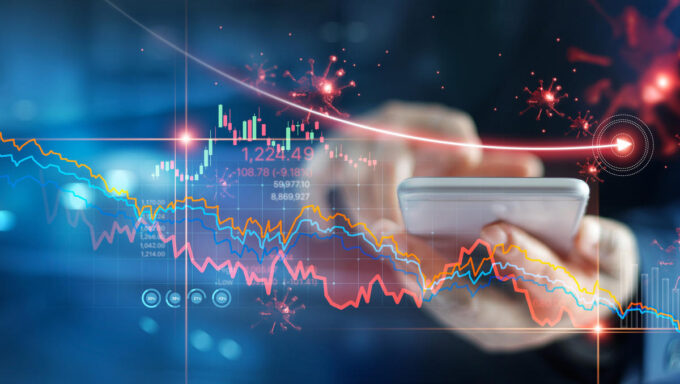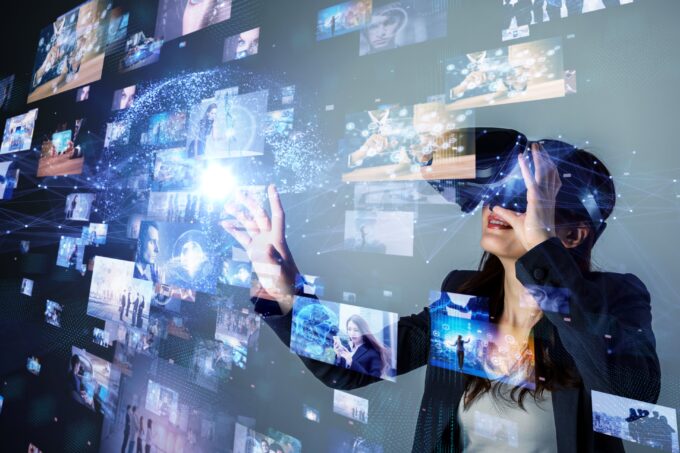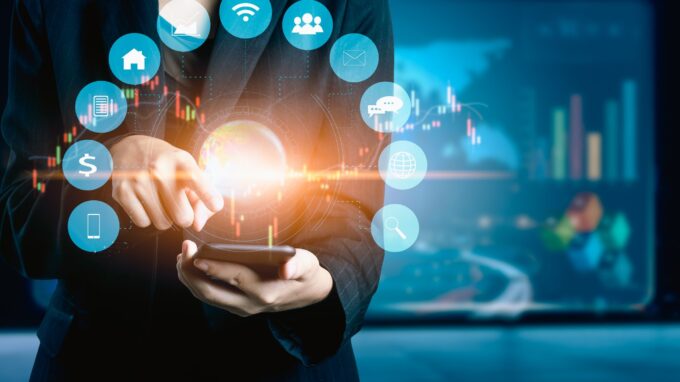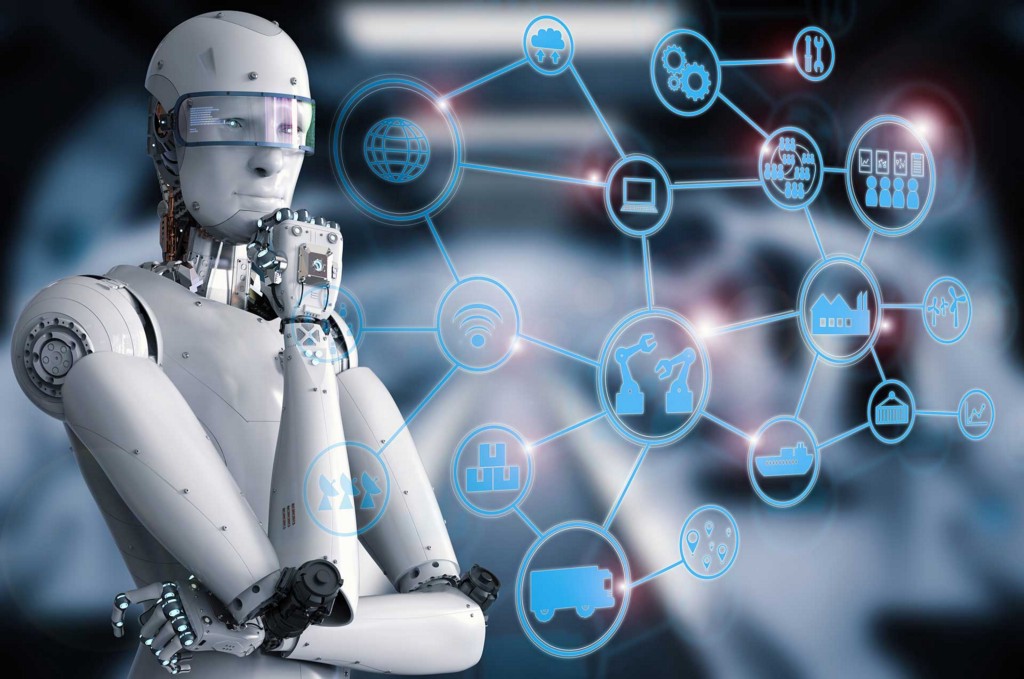As technology continues to push forward, its evolution comes with increased innovation. Which technologies will lead the way in 2025? In this article, we will take a look at five top-level technologies we expect to see more of in the New Year.
Why Is Technology So Much More Important Now?

Technology is all around us and continues to play a major role in our day-to-day lives. The new technological developments bring tools we can use to save lives, improve the efficiency of work, process information better, increase the effectiveness of communication, and generally make the world a better place to live. Technology has always been with us, affects how we live and contributes to the atmosphere of everything around us. Today, our world functions very differently because of technology. We are so used to the presence of several forms of technology that we often take it for granted. Tools that come from technology have become essential to our lives and commonplace in our homes.
Artificial Intelligence (AI)
One of the biggest trends in technology today is artificial intelligence. It is undoubtedly going to continue to be an important tool for teaching us how to understand what is going on around us in 2025. AI has the means to gather, sort, and interpret volumes of data that no human could ever get through in a single lifetime. AI, combined with machine learning, patterns and changes can be identified through the analysis of historical and current streams of information. This allows for the identification of potential outcomes in a fraction of the time it would take using other traditional methods. One of the many areas of where AI has become most valuable is in the healthcare industry. Not only has it assisted with the diagnostic phase of medical research, but AI has been effective in determining results in clinical trials that are used to develop new medications and patient treatments. AI has significantly improved patient outcomes and streamlined many processes used in healthcare.
Virtual Reality (VR)

Virtual Reality (VR), along with Extended Reality (XR) and Augmented Reality (MR) will all play an important role in the world around us in the next year. These technologies require the use of glasses or headsets that project computer-generated images directly into the view of the wearer. AR is when these images are projected over the view the user is seeing in the real world. When these images completely replace the view of the wearer and take them to a different environment, it is known as VR. Expect to see AR and VR tools used more in the coming year because they will be used to simulate environments that may be too dangerous for humans to experience in real-world situations. For example, in healthcare VR and AR can help with the development of vaccines in settings where infectious viruses could otherwise be harmful to the patient wearing the VR or AR apparatus if they were in the real world without the protection of simulation.
Enhanced Connectivity (Including 5G)
The internet has become a necessary piece of technology for most of us. Fortunately, advances in technology have also seen vast improvements to connectivity via the internet. Changes from 3G to 4G were incredible. The leap to 5G is even greater. What 5G brings that previous generations of the internet could not is the ability to provide advanced technologies with the means to operate anytime and anywhere. With the speed and bandwidth that comes from 5G, larger files can be transferred in a fraction of a second as opposed to several seconds. This means that in the healthcare industry, x-rays and other large image files can travel from lab to doctor as the doctor discusses diagnosis with the patient for instant reference. That’s just a small example. 5G permits larger data transfers at record speeds, which can only mean faster and better results regardless of what that data happens to be.
Data Loggers

A data logger is a device that contains probes that record temperature, humidity, and pressure. This data is stored on a microprocessor that can be accessed remotely by a smartphone, laptop, or tablet. The data logger can be programmed to accept readings within a pre-determined range and to send out an alert should that range be reached or exceeded. This permits human intervention before the temperature, humidity, or pressure levels are passed which could result in spoilage of the assets being monitored. This is of particular importance if the goods under surveillance are sensitive to changes in environmental conditions. Plus, data loggers can be used in settings where the conditions are too harsh for humans or can provide readings at pre-programmed rates that would be impossible for a human to maintain. Data loggers will be a major factor in the distribution of COVID-19 vaccines. Dickson describes in detail how data loggers are employed for effective temperature monitoring.
Robotic Process Automation (RPA)
This type of software is used to provide automation to deal with high volume tasks that have a repeated cycle to them. Essentially, RPA performs tasks that are otherwise tedious for humans and could prove to be patricianly harmful in the long run. Companies use robotic process automation on such tasks as repeated keystrokes or the opening and closing of specific modules that humans would normally do. In some applications RPA systems streamline the process to where it becomes more efficient and profitable, creating quite a demand for this type of automation. It also permits the placement of humans in situations where they are more effective to the company and leaves repetitive work to computers.
In Conclusion

With technology constantly evolving, it isn’t hard to see that it will continue to play a vital role in our lives in the coming year and those that follow. The five types of technology noted above are just a few that will bring new ways of communicating and work enhancements to our lives. Expect to see more ways that technology can touch our lives and make them better in 2025 and beyond.









